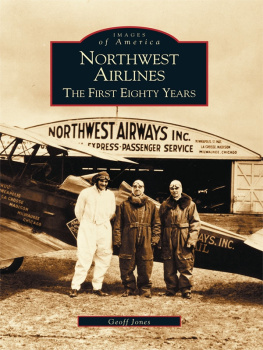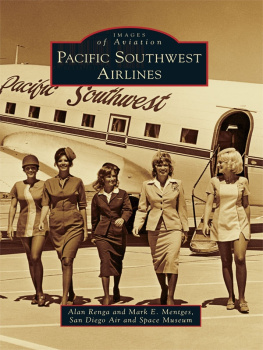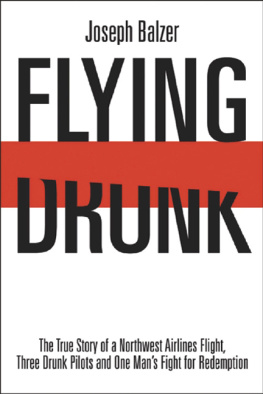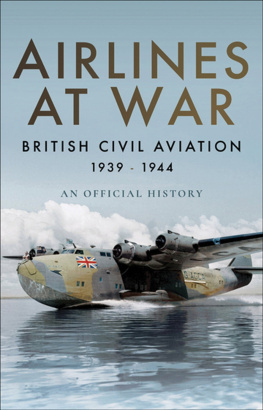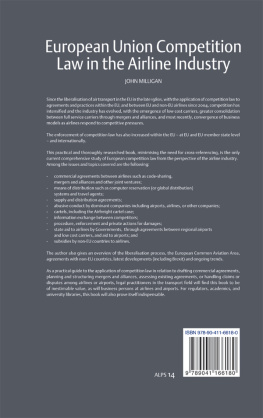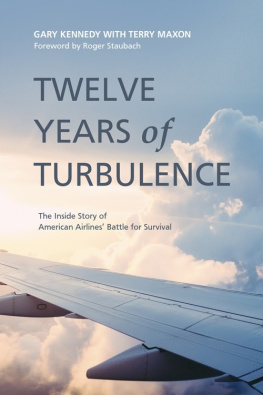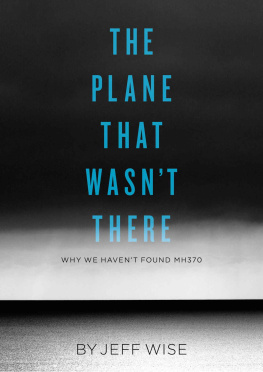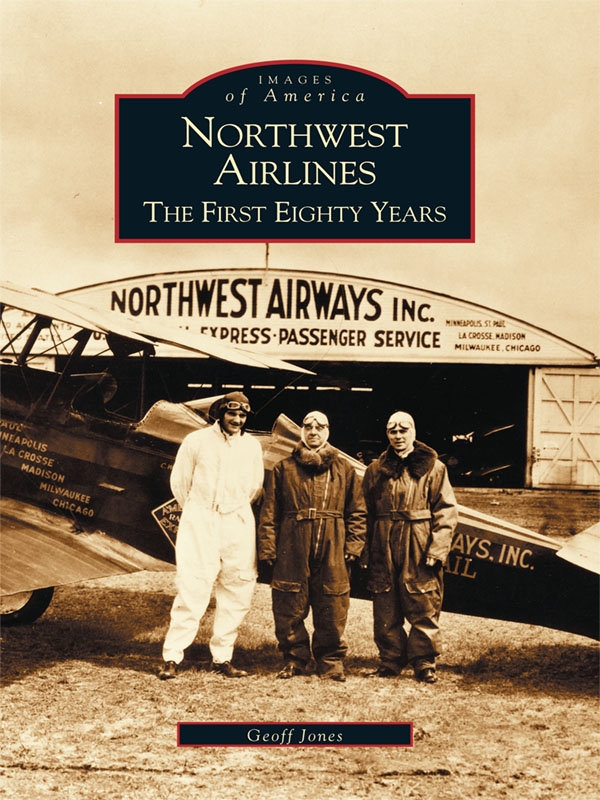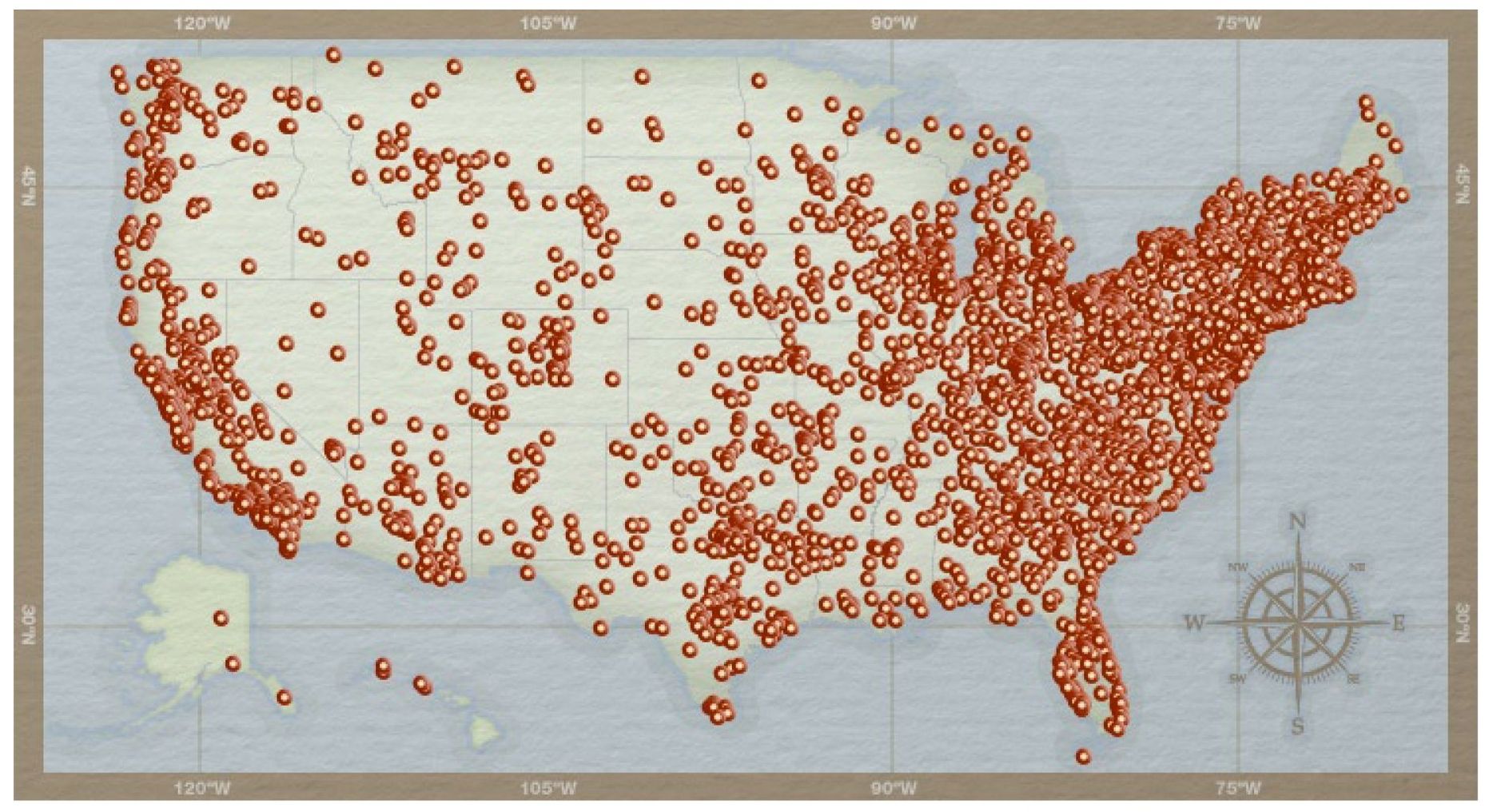One
NORTHWEST AIRWAYS
Northwest Airways first flight on October 1, 1926 was a close-run thing. It was an air mail service from Minneapolis/St. Pauls Speedway Field to Chicago and return, C.A.M. 9 (Contract Air Mail No. 9). With three pilots on their books, Charlie Speed Holman, Dave Behncke, and Chester Jacobson, and two rented open cockpit OX-5 engine bi-planes, a Curtiss Oriole and Thomas Morse Scout, Northwests opportunity resulted from the failure of Charles Pop Dickinsons enterprise to successfully operate C.A.M. 9.
Pop, a well known Chicago-based seed dealer, started flying his C.A.M. 9 service on June 7, 1926. By August, it was obvious his enterprise wasnt going at all well; crashes, forced landings, and the resignations of his pilots were just some of Dickinsons problems. He gave the statutory 45 days notice that on October 1, 1926 hed wind up his new business.
This was Colonel Lewis H. Brittins opportunity. These were pioneering yearsLindbergh had not yet crossed the Atlantic and President Coolidge was in the White House. Brittin had served as a volunteer artilleryman in the Spanish-American War and in the Quartermaster Corps during World War I. It was here he rose to the rank of Lieutenant Colonel, and from that time onwards was known as the colonel. An orphan, he passed entrance exams for both Yale and Harvard and entered the Lawrence Scientific School at Harvard, but couldnt afford the fees. During his second year, he left and got a job with a construction contractor, pursuing his studies at night. Jobs in Mexico and then the U.S. with General Electric led him to Minneapolis, where he was instrumental in organizing and planning the Northwest Terminal (unrelated to the yet-to-be-formed airline), a latter-day new industrial park with vital railroad infrastructure. Following this success, the St. Paul Association put Colonel Brittin in charge of some of their business development activities. One of these was to attract the Edsel B. Ford Reliability Tour to St. Paul in 1926.
At the time, auto manufacturer Henry Ford was starting to promote aviation as well as automobiles. In 1925, the first tour, with 20 assorted aircraft, flew from Dearborn, Michigan, to several cities in the Midwest to promote aviation and flying. The 1925 tour missed Minneapolis/St. Paul completely. But the second tour, in August 1926, travelled northwest out of Chicago and Milwaukee to St. Paul, before turning south to Des Moines, thanks to Brittins cultivation of friendship with several Ford associates and Detroit industrialists. As a result of these friendships, Henry Ford himself agreed with Brittin that an unused government power dam across the Mississippi near St. Paul and Minneapolis should be turned back to power generation. Ford also agreed to the establishment of an automobile assembly plant close to the dam, the first he built outside the Detroit area.
Brittin had quickly gained a huge amount of respect within the Twin Cities business community. He was excited by Pop Dickinsons establishment of the first air mail service from the Twin Cities to Chicago, but dismayed when Dickinson confided in him, around the time of the Ford Air Tours arrival in St. Paul, that he was going to have to bail out of this new enterprise by October 1 and that the Twin Cities would be without an air mail service once again. These early years of commercial flight in the U.S., the 1920s, were primarily focused in mail service. Aircraft were not sufficiently developed or reliable for the carriage of passengers. This was one of the Ford Air Tours objectivesto promote air-mindedness and the development of better commercial aircraft types. But air mail was important, spurred by the 1925 Act and availability of suitable biplane designs.
Brittin went into overdrive when he heard the bad news from Dickinson. Could he get the money, a licence, the aircraft, and the pilots to get a new replacement enterprise off the ground by October 1, 1926? He was going to make damned sure hed do his best, so he set about looking for an airline operation he could substitute for Dickinsons. When this proved unsuccessful, he phoned his friends at Ford in Detroit. He quickly persuaded 29 Detroit businessmen that his new air mail venture was viable, and with a stock value of $300,000, Northwest Airways was incorporated on September 1, 1926, as a Michigan corporation.
With one month to go, Brittin was despatched to Washington with his business plan for a $2.75-per-pound bid for the C.A.M. 9 air mail operation. The Post Office Department accepted the bid and Harold H. Emmons was elected the first director and president of Northwest Airways, Inc.; Frank W. Blair was elected director and treasurer; William B. Stout was elected director and secretary; and Brittin became director, vice president, and general manager. Already a member of this quartet, Stout was a respected aircraft designer, one of his all-metal aircraft had participated in the 1925 Ford Reliability Tour, and his new, enormous, and revolutionary Stout/Ford Trimotor was a star of the 1926 tour.

